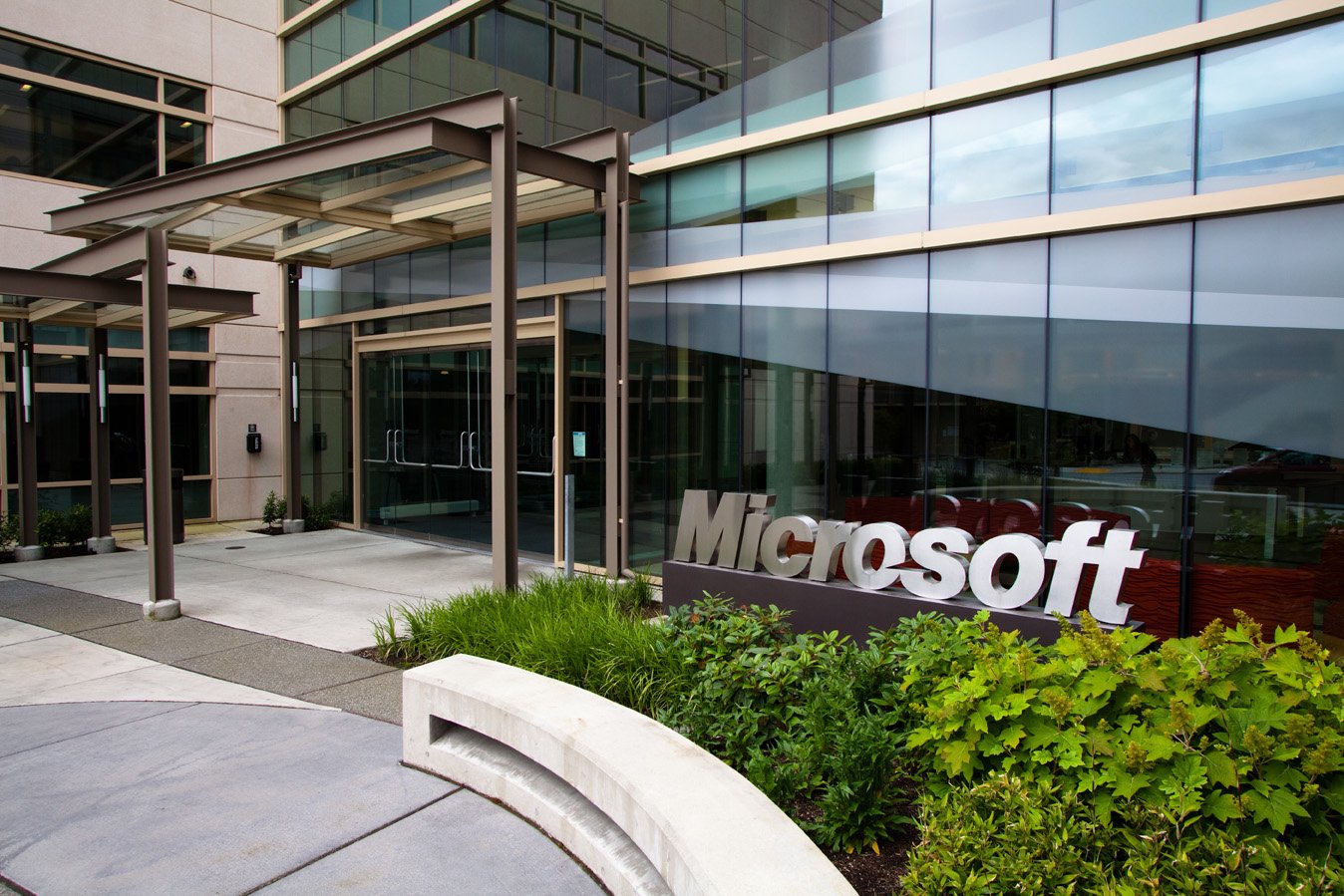
Last week it came to light that an ex-Microsoft employee had busted by the feds for leaking Windows 8. Microsoft was protecting their intellectual property, but came under fire for how they went about doing it. The ex-employee had shared sensitive Microsoft material to a leaker in France using Hotmail and SkyDrive. Microsoft received flak last week for an apparent invasion of privacy and has sent out a statement about corrective actions the company will be taking.
Microsoft received some pretty damning accusations last week over how they handled the situation. Many were concerned that Microsoft was actively snooping into personal email accounts. Which would be pretty hypocritical with the Scroogled campaign and all.
However, that wasn’t the case. Microsoft went into one email account to interrupt a crime in progress. The legal team at Microsoft had internal discussions on whether or not to pursue this extraordinary action. In the end they decided it was in the best interest of Microsoft to go into the leakers Hotmail account.
A lot of people on the internet chimed in saying that Microsoft should have reached out to the FBI or other law enforcement parties before going through the email. Microsoft did what they thought was best at the time. And it’s entirely within their terms-of-service to do that. Companies like Google and Yahoo have similar protections in place.
But we’re dealing with a fairly more modern Microsoft. One that appears open to feedback. Here’s Brand Smith, General Counsel and EVP of Legal & Corporate Affairs, announced today on a company blog post:
“Effective immediately, if we receive information indicating that someone is using our services to traffic in stolen intellectual or physical property from Microsoft, we will not inspect a customer’s private content ourselves. Instead, we will refer the matter to law enforcement if further action is required.”
The company will incorporate the changes in the coming months into their customer terms of service. This will make it a clear binding agreement between customers and Microsoft.
We can always get behind increased transparency. What do you think of the changes?
Get the Windows Central Newsletter
All the latest news, reviews, and guides for Windows and Xbox diehards.
Source: Microsoft
P.S. Read this post from Ed Bott for some good reading on the leaks and how Microsoft tracked down the source.
